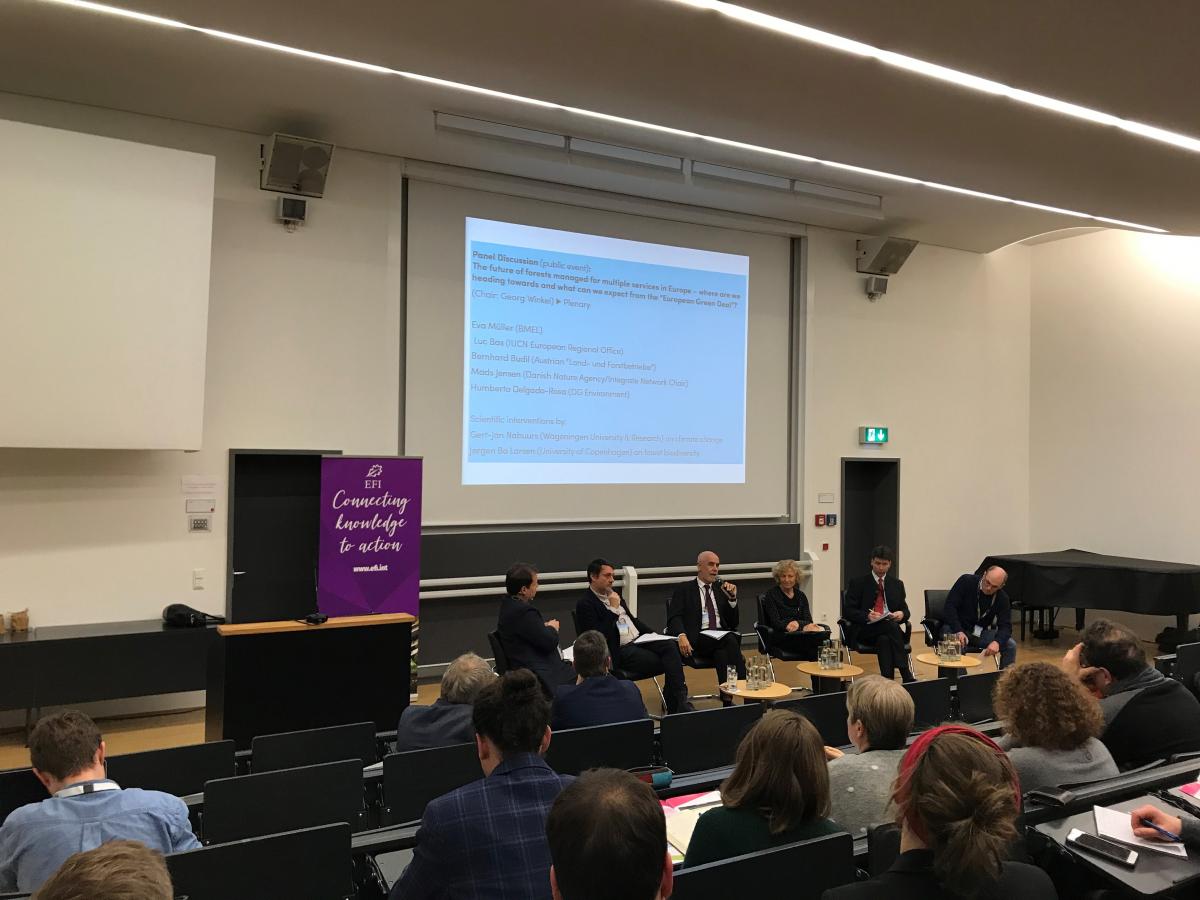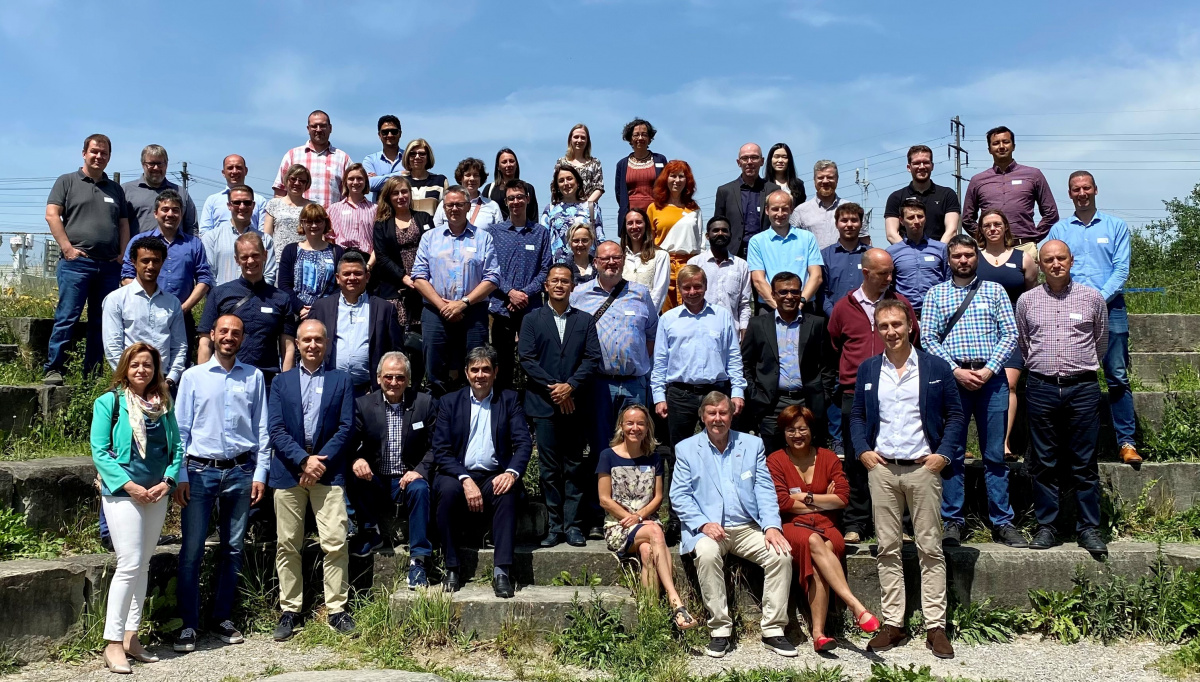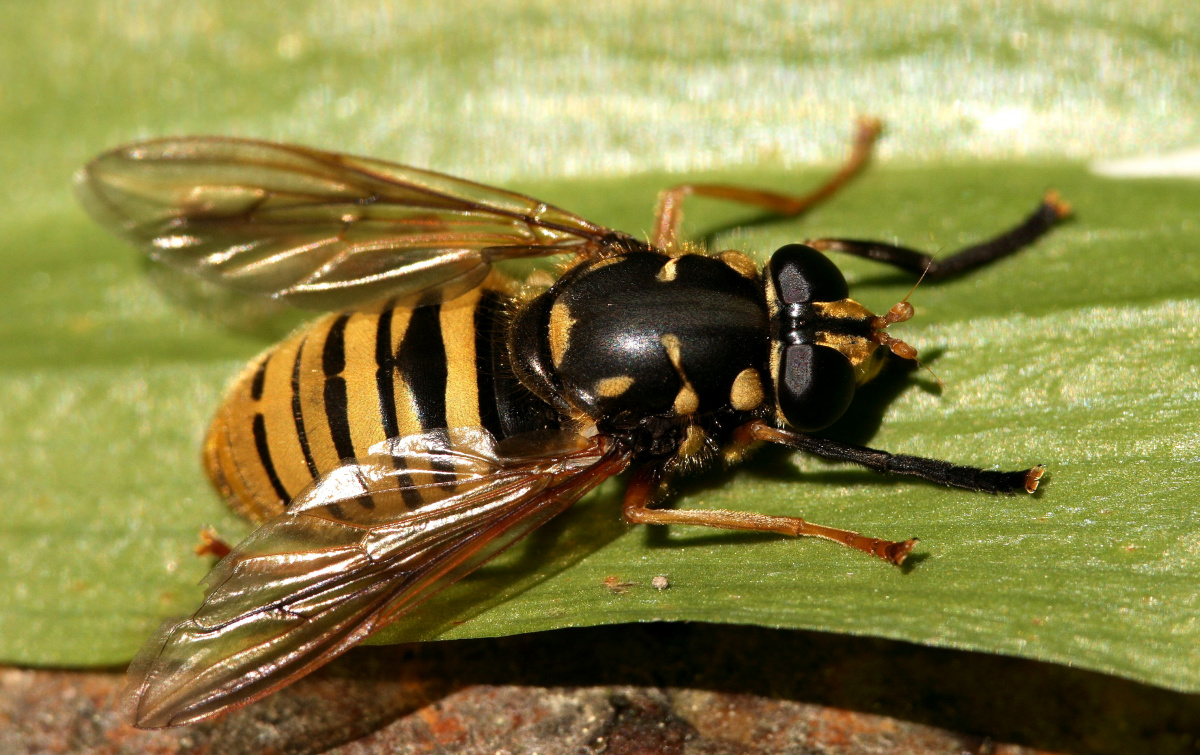The future of European forest biodiversity and ecosystem services – what can we expect from the Green Deal?
Europe’s forests are critical for biodiversity protection and for mitigating and adapting to climate change, while being under increasing pressure from the growing bioeconomy. But how can the many demands on forests be managed while keeping sight of these priorities? What is the role of the European Green Deal? IUCN European Regional Director, Luc Bas, considered these questions at the recent conference on managing forests for ecosystem services, taking place in Bonn in February 2020.

Photo: EFI Resilience Programme
Europe’s forests provide many goods and services that support human wellbeing. But the conservation status of forest species and habitats in the EU is worsening and progress towards protecting natural forests and restoring degraded lands has been lacking. At the same time, demand for forest products is increasing as the bioeconomy grows. Urgent action is needed to protect and restore forest biodiversity and maintain the benefits that forests offer to our society.
Luc Bas, Director of the IUCN European Regional Office, made the case for protecting, appropriately managing and restoring forests for biodiversity and ecosystem services at the conference on “Governing and managing forests for multiple ecosystem services across the globe”, which took place in Bonn on 26-28 February 2020. The discussion focused on the future of multi-functional forests in Europe and what we can expect from the European Green Deal. “The European Green Deal is the first of its kind and we need to take it seriously”, said Mr Bas.
Old trees and forests are ecologically valuable, constitute important carbon stocks and can be more resilient to climate change, and therefore are the first priority for strict protection. Ecosystem-based management of forests that provide a range of benefits for people involves ensuring a diversity of tree species and vegetation and establishing connectivity between forest patches. When restoring forests, interventions should be planned at landscape scale, allowing multiple uses to be combined to meet several policy goals.
To do all this, an EU wide vision and strategy is needed to ensure that the sustainable management and supply of forest resources leads to healthy and future-proof forest ecosystems. This will require reducing harmful subsidies and supporting forest owners, both public and private, to provide ecosystem services, as well as careful analysis of potential trade-offs between policy and sector objectives. We need to work with foresters and forest owners to better manage forests to both achieve conservation targets and ensure benefits for forest owners. Transparent and harmonised data and information on forest status and management is critical for informing management and policy decisions across Europe and for reaching compromises in stakeholders’ priorities. The newly-launched Forest Information Service for Europe aims to contribute to harmonising and making available trusted data.
In line with the Bonn Challenge to restore deforested and degraded land, the proposed reforestation efforts under the Green Deal must be focused on restoring forest ecosystems and soils, rather than planting monoculture plantations, due to the substantial benefits for biodiversity and people of healthy and diverse forest ecosystems. The Bonn Challenge aims to bring 350 million ha of degraded and deforested land into restoration by 2030, but to date in Europe, only Scotland has committed a pledge. IUCN looks forward to working with the European Commission and EU member states to make a considerable commitment for forest landscape restoration.



